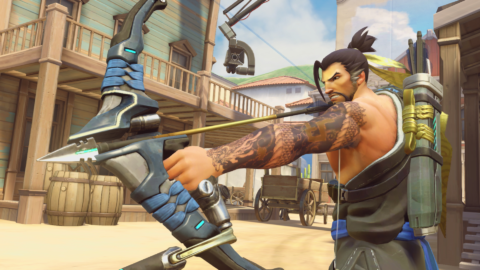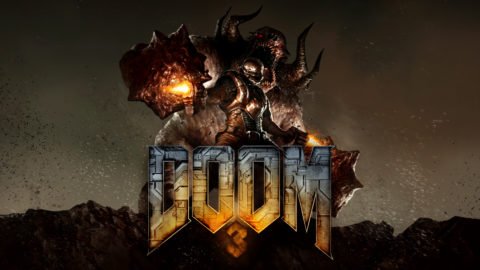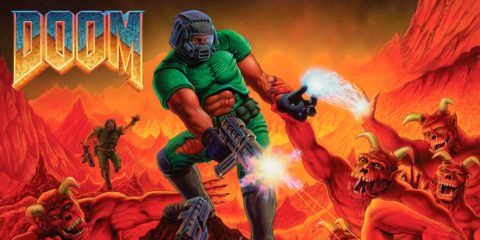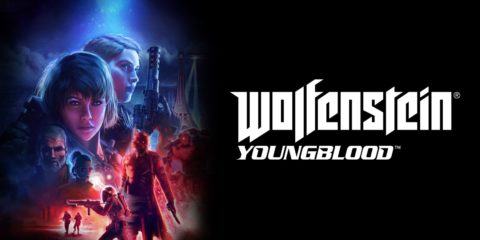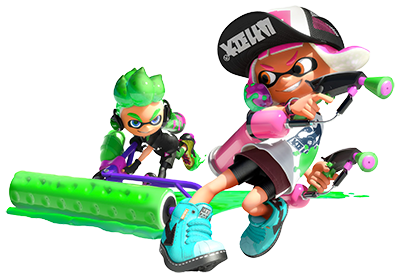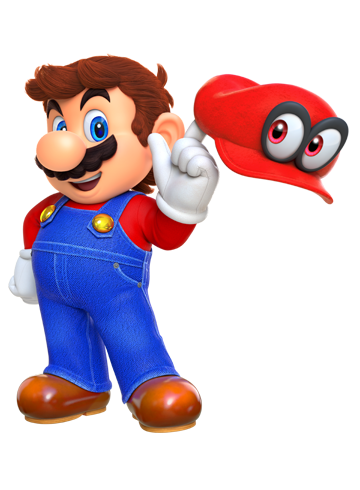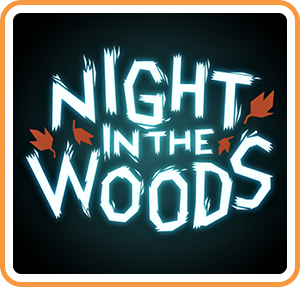
Night in the Woods takes on serious themes of life as a college dropout in a small Midwestern town through a refreshingly original narrative, endearing characters, and an art style to match. The vibrant colors, autumn atmosphere, and small-town vibe of the game give it a sense of coziness and comfort that make you want to be a part of its world. As you go throughout the game meeting new people and trying new things, it’s hard to not feel like you know someone or have felt similarly to the way Mae and her friends feel about being on the edge of adulthood.
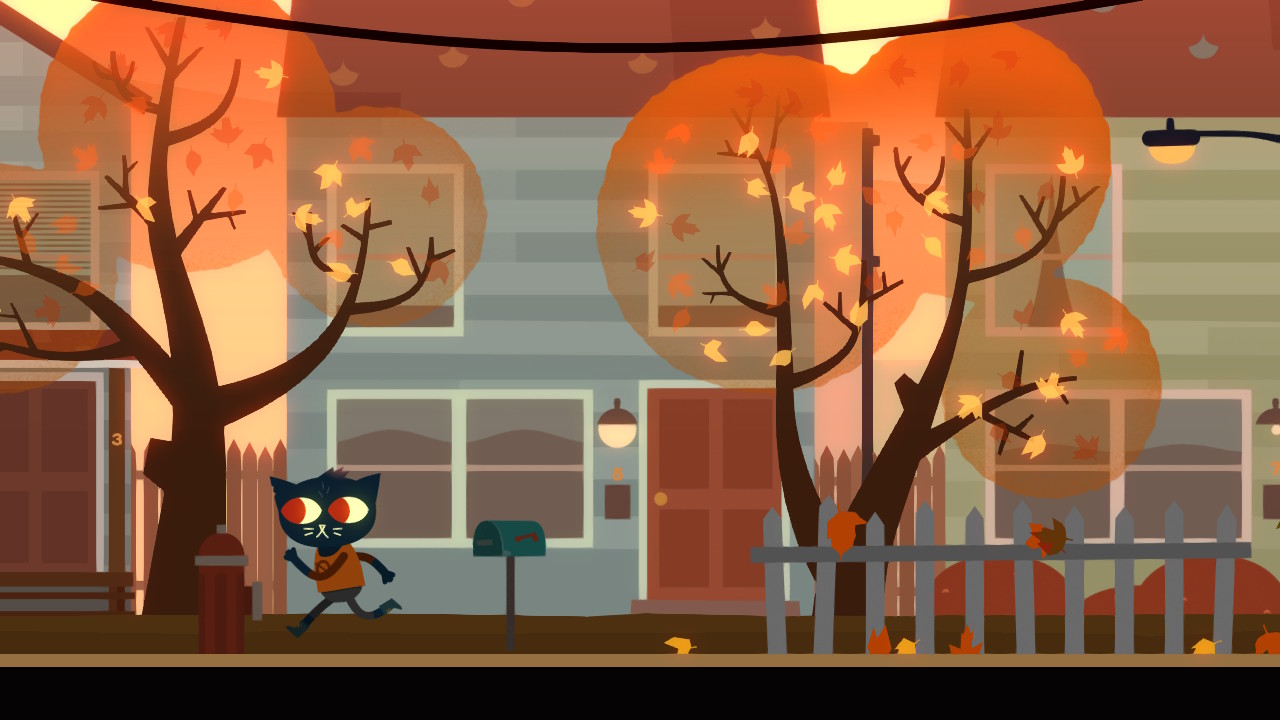
Lonely Middle America
You play as a 20-year-old cat named Mae Borowski. Mae is returning home to her small town of Possum Springs after dropping out of college as a sophomore. Mae is a troubled young adult with a relatively dark past filled with regretful and shameful experiences. The inhabitants of Possum Springs remember Mae’s most infamous moments and will bring up small details about her mysterious past during conversation. Thankfully, Mae has relatively understanding parents and a pretty cool group of friends to support her as she struggles to learn about herself as she grows up. Night in the Woods is all about building relationships with the characters you meet and defining yourself through the decisions you make. Mae’s journey of self-discovery and personal growth wouldn’t have been able to happen without the help of her friends or the range of experiences she goes through on her adventure. Becoming an adult is scary and it can be even more intimidating when you don’t feel like you know who you are.
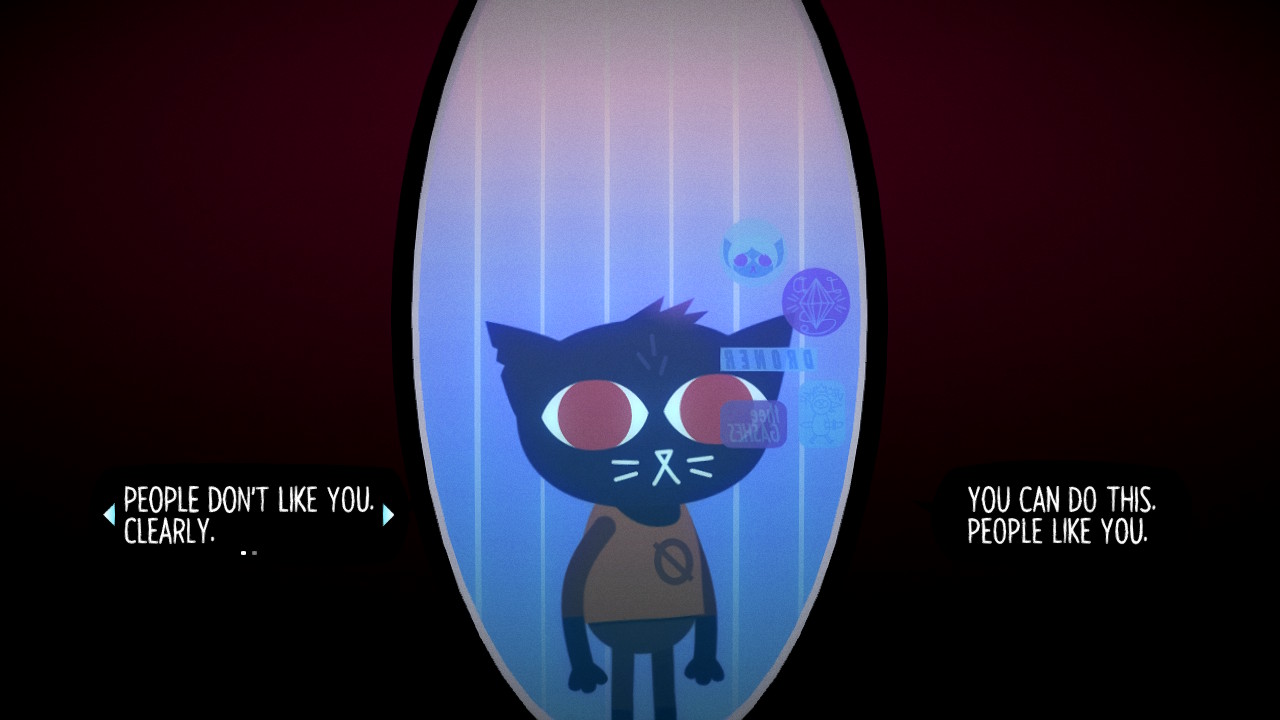
Mae isn’t the only person going through a sort of existential/identity crisis. Possum Springs has a rich cultural identity with blue-collar professions such as coal mining and construction. As the years have gone by and as the economy has changed, many of these jobs have been replaced or rendered completely obsolete. There’s a lingering sense of dread amongst the inhabitants as they realize their future is no longer certain. Older residents that used to work in the mines are now working as grocery baggers for the chain supermarket that just moved in. There’s a real sense that the entire town has lost its cultural identity, and as you progress through the game you discover that there are others doing their best to hold onto the past for as long as they can. I can’t think of any game, I’ve ever played that has tackled this theme of Midwestern “economic anxiety” and the genuine fears of losing everything thanks to technological advances. Night in the Woods touches upon the topic delicately throughout the course of the game, with the most in your face realization about the issue coming up near the end of the title.
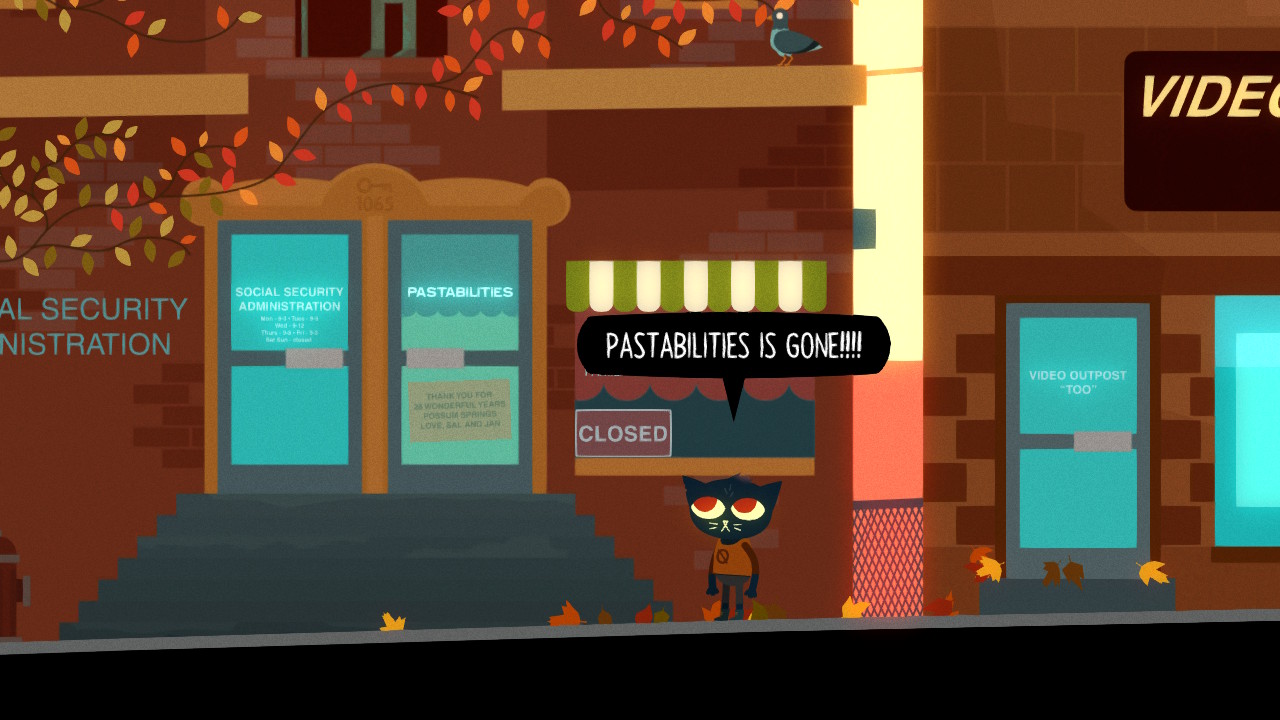
Slice of Life with a Slice of Pizza
0 Night in the Woods is a 2D side-scrolling narrative based platformer. Most mornings start the same, with the game giving you the option to practice your guitar, chat on your laptop, or talk to your mom about the night before. When you step out of the house, you’re free to jump onto cars, fences, mailboxes, power lines, and roofs in order to get where you need to go. As you walk around town, you’ll bump into new and familiar faces. Almost every day someone has something new to share about the town, themselves, or information related to Mae. My favorite everyday interaction was with talking to Selmers, a brown bear in a purple hoodie that’s always hanging out on her front porch. When you first meet Selmers, you learn that she did something bad at her old job and as a result is currently unemployed. Selmers decides to take this time to focus on poetry. In the first few times you speak to her, her poems are going to be laughably simple/amateurish. But as the days go on, her poetry skills significantly improve and become more insightful. There are moments like these scattered all throughout Possum Springs.
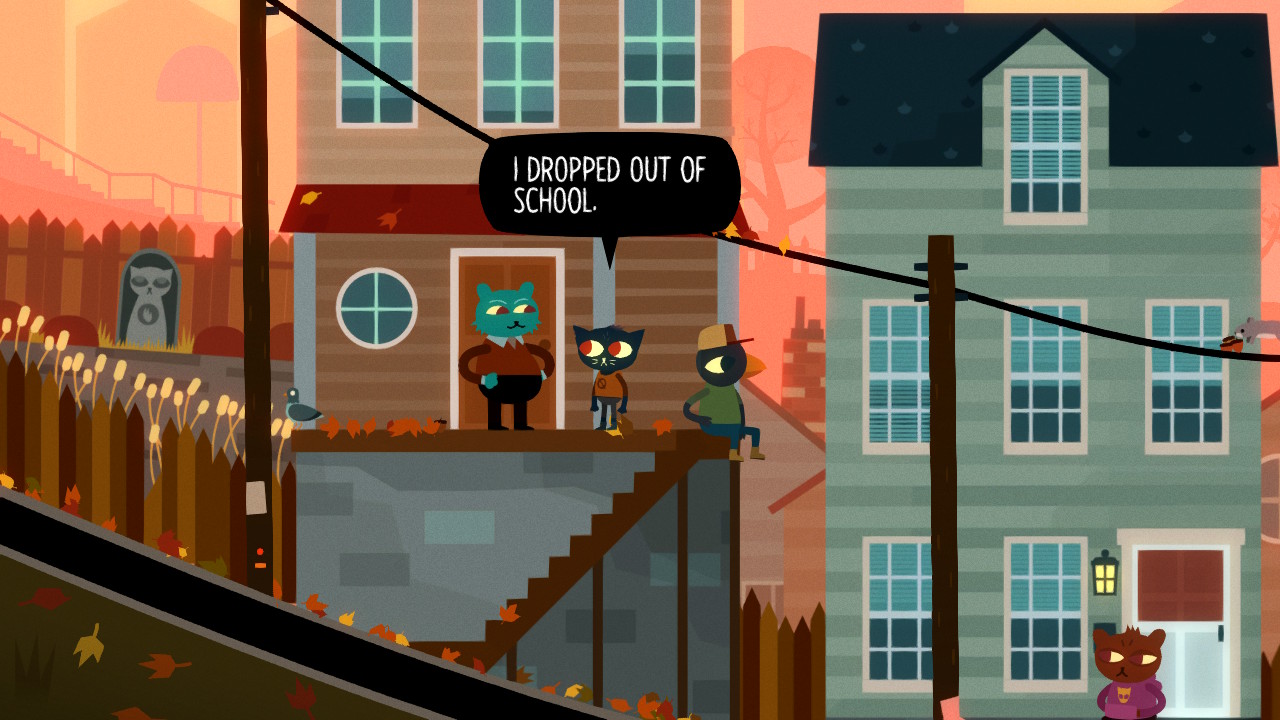
Similarly, there are moments in Possum Springs that Mae will encounter and scribble/doodle about in her notebook. The doodles serve as the collectible system of the game, with each page being dedicated to a variety of events and discoveries like dancing with a cute girl at a party or listening to the spooky howling of clothes drying on a clothesline on a rooftop. I wasn’t able to fill in the entire journal in my first playthrough, but I’m already on my second playthrough with the goal of searching every nook and cranny and talking to every possible resident of Possum Springs.
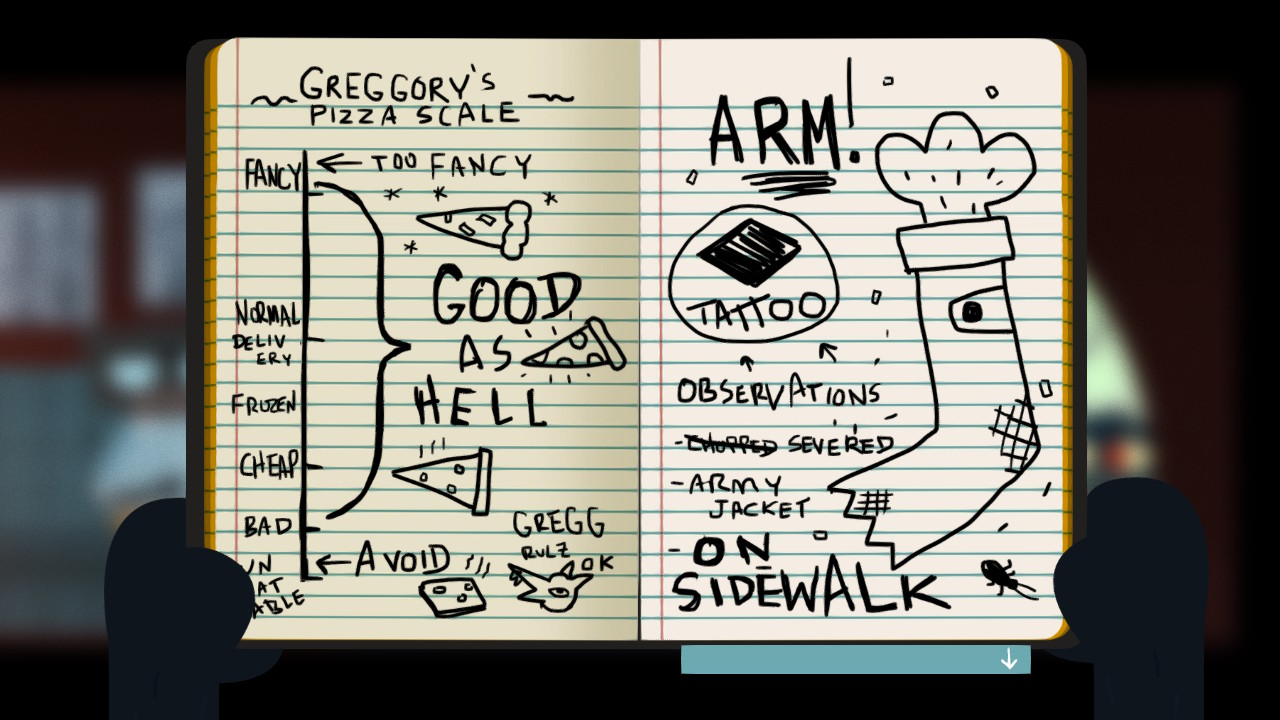
The days and the story usually progress by hanging out with Mae’s closest friends; Gregg, Bea, and Angus. The relationship between Mae and Gregg was my personal favorite as they commit crimes together and say horrible things about each other in the most loving ways. Bea has had a rough life and is way more mature than Mae is, which leads to various situations in which they argue against each other from a place of love and frustration. Angus is Gregg’s longterm boyfriend. He is quiet and a bit serious, but he’s always there for Mae and everyone else when they’re in need of help. Days sometimes conclude with all of them rocking out together at band practice, where the game gives you a Guitar Hero type minigame to play along with. Other times you all go out to eat pizza at the local diner, attend parties where you have to decide whether you’re going to drink or dance, and sometimes commit crimes by shoplifting at the mall or beating up an abandoned car with a baseball bat.
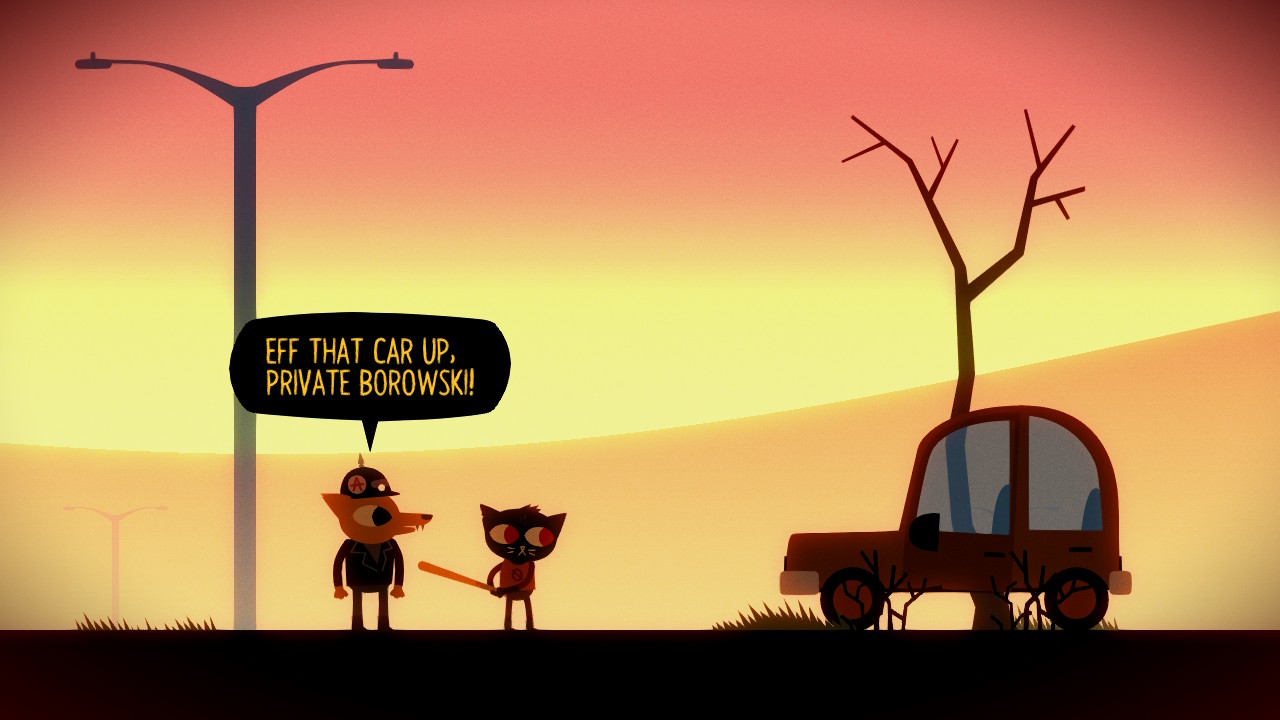
Not everything is fun and games with Mae and her friends, though. Mae is slowly coming to the realization that her friends are planning their lives out and making real efforts to achieve their goals. Mae was the only person in her group of friends who had the opportunity to go to college and since she dropped out, residents of Possum Springs think of her as a lazy, unemployed teenager. Mae struggles a lot with her self-worth and identity and usually addresses every interaction with a snarky attitude or dry humor in order to cover her true emotions. Mae is at a moment in her life where she needs to grow up, but is afraid to or doesn’t feel like she knows how to. Watching her friends become more mature and take steps to change their lives for the better leads to feelings of isolation and self-doubt. Mae needs help, but in a small Midwestern town where mental health is not considered a serious issue, Mae suffers silently as she makes mistakes.
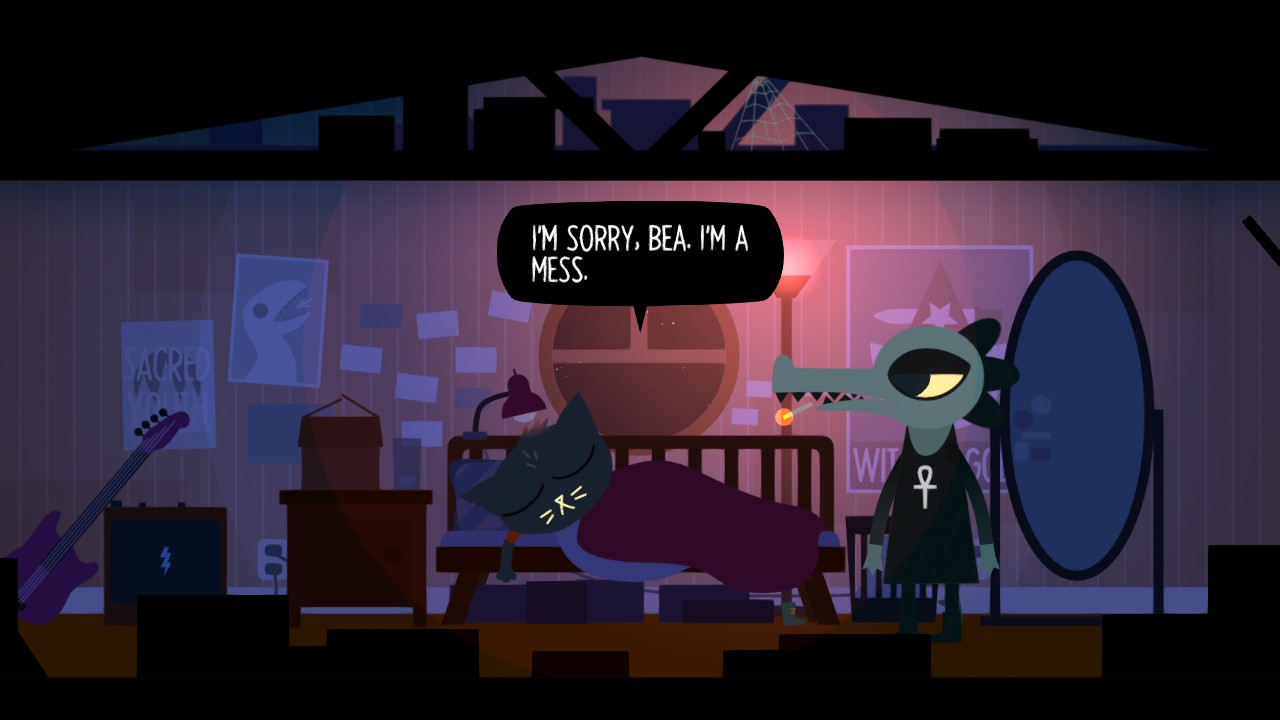
A Midwestern Supernatural Story
While Mae hangs out with her friends and tries to learn about herself, something sinister is happening in the underbelly of Possum Springs. Without spoiling anything, Mae begins to have vivid dreams and hallucinations about things she doesn’t understand. These dreams are played out through 2D platformer levels, where Mae has to find four animals playing instruments in order to wake up from her dreams. These platforming sections were my least favorite part of the game because the platforming wasn’t tight and the platforming wasn’t meaningful. In a game focused on telling a story, introducing these boring and repetitive platforming sections made me want to get over them as soon as possible.
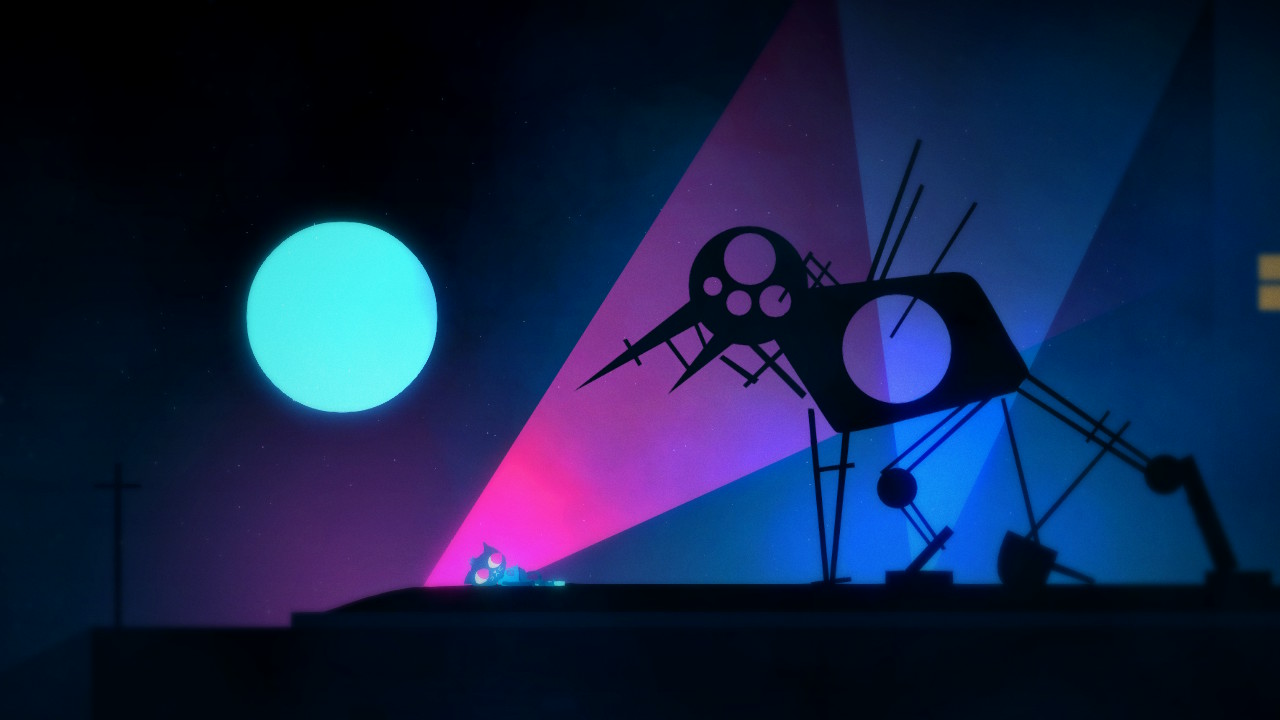
Once you go through all the dreams and the platforming sections, the supernatural encounters spill into the real world leading to an exciting adventure involving Mae and all of her friends. The ending of the game might be a hit or miss for some, but my interpretation of the conclusion left me impressed and interested in the past, present, and future of Possum Springs.
Addressing Mental Health
At some points in my adventure with Mae and the gang, I had to take a break from the serious mental health themes being addressed by the game. I have been going through a rough patch in my life recently and watching Mae struggle with issues like social anxiety, depression, and dissociation hit a little too close to home at some points. I commend the writers of the game for presenting these issues in a thoughtful and empathetic manner by using meaningful dialogue and having Mae be as observational as possible about herself and her surroundings through dry and self-deprecating humor.
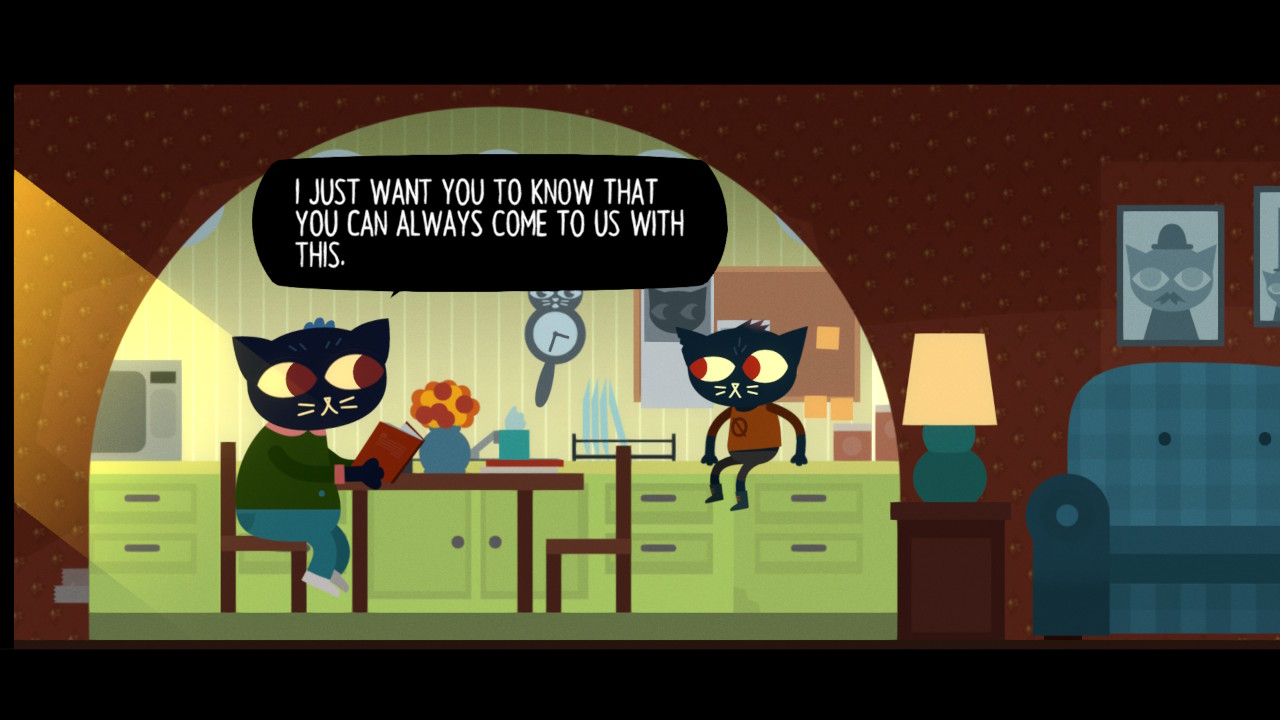
Final Thoughts
Night in the Woods is the most powerful narrative experience I have played since The Last of Us. Even though it sounds incredibly mundane, waking up every morning to check my laptop to see who to hang out with later in the day and then walking downstairs to talk to my mom about the night before led to a genuine attachment and endearment to the lovable cast of characters in Possum Springs. From listening to Bea scold Mae as she drives her home from a party to breaking light bulbs in a parking lot with Gregg or asking Selmers to share her poetry every day, the characters of Possum Springs have stayed in my mind long after finishing the game. Whether or not you empathize with Mae or the residents of Possum Springs, Night in the Woods brings a refreshingly original perspective to life as a college dropout in a small Midwestern town where everyone is trying to do their best with the hand they’ve been dealt.
Review Copy Provided by Finji


